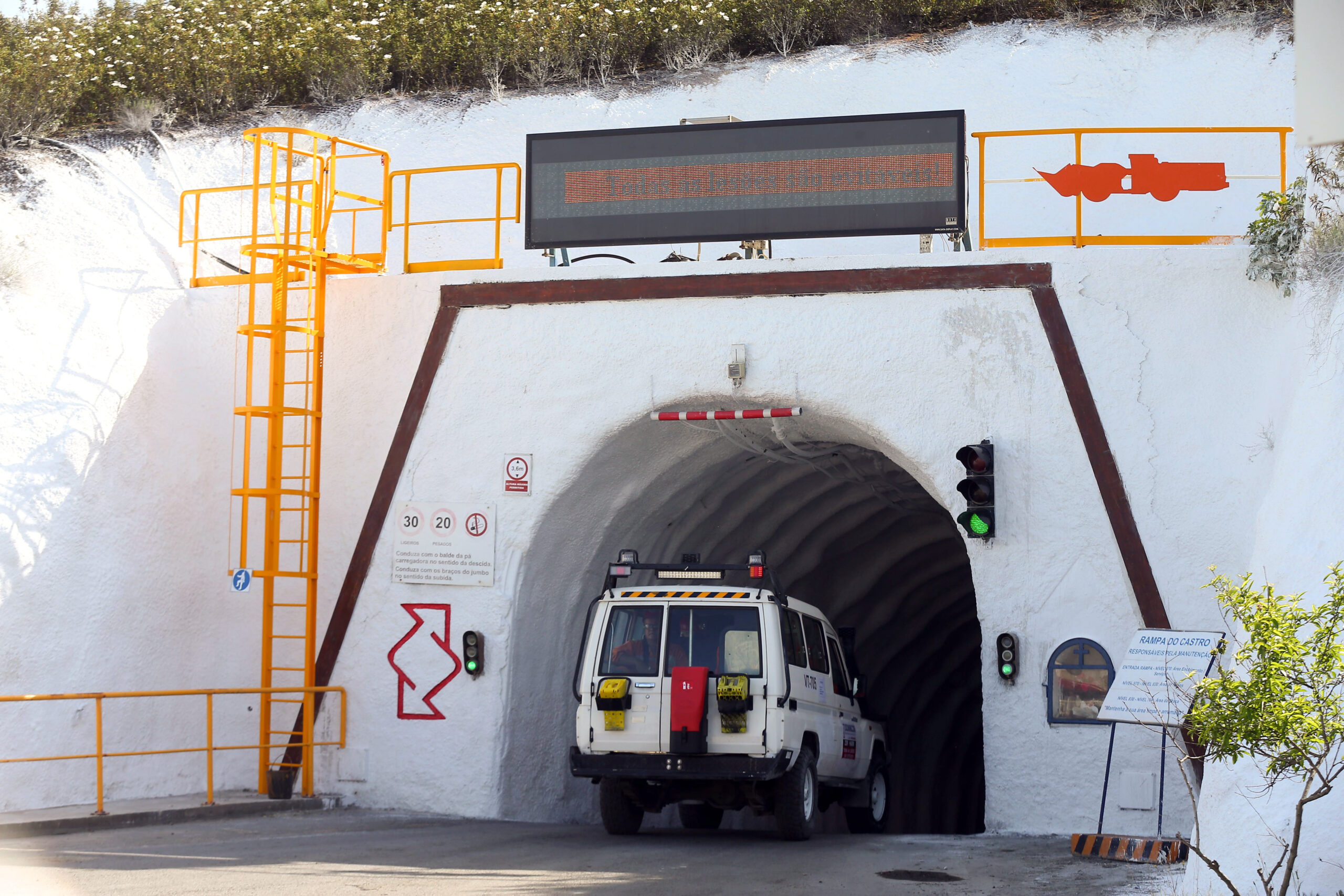
The Swedish Nuclear Fuel and Waste Management Company (SKB) has applied for a permit to construct a final repository and encapsulation facility for spent nuclear fuel.
SKB is applying for permission to build the encapsulation facility in Oskarshamn municipality and the final repository at Forsmark in Östhammar municipality.
The encapsulation facility, where spent fuel would be stored ahead of transportation to the repository, would be built next to the Clab interim storage facility. The final repository would be constructed at a depth of around 500 metres in bedrock at Forsmark.
SKB's application will now be reviewed by the Swedish Radiation Safety Authority and the Environmental Court, before being presented for political review in the relevant municipalities and by the government.
Commenting, Claes Thegerström, president of SKB, said: "The solution we are presenting for review satisfies the societal requirement stipulating that human beings and the environment must be protected from spent nuclear fuel, both now and in the future. Over three decades of research have resulted in a safe method that is ready to be implemented. We also have a carefully selected location that provides the requisite safety requirements for a final repository.
"Sweden is at the forefront thanks to a clear division of roles among responsible industries, reviewing authorities and policymakers,” he continued. “This division has laid the foundation for long-term development work supported by a democratic decision-making process. We are now looking forward to our application being reviewed, and we will do everything in our power to facilitate the reviewers' important task.”
SKB was established by nuclear power companies in Sweden in the 1970s, to manage and dispose of all radioactive waste from Swedish nuclear power plants.
Sweden currently has 10 operating nuclear power reactors providing over 40 per cent of its electricity. The power plants in Forsmark and Oskarshamn each contain three reactors.
The nation's largest power station, Ringhals, has four reactors and generates about a fifth of the country’s annual electricity consumption.













